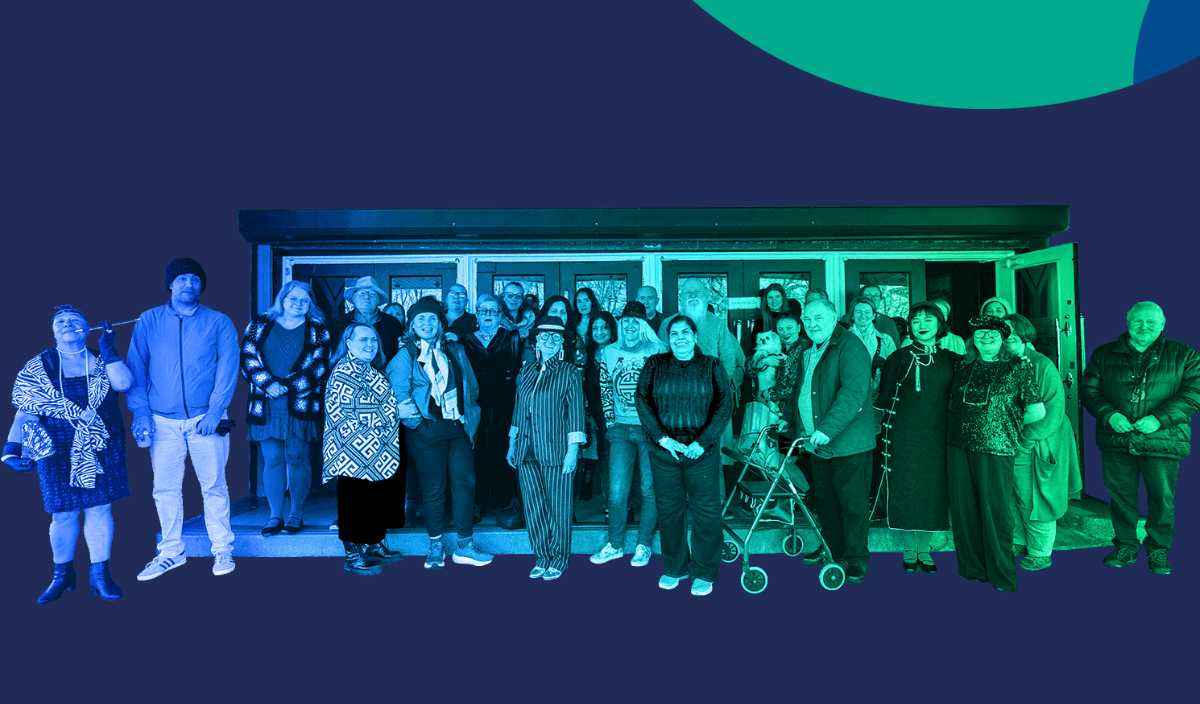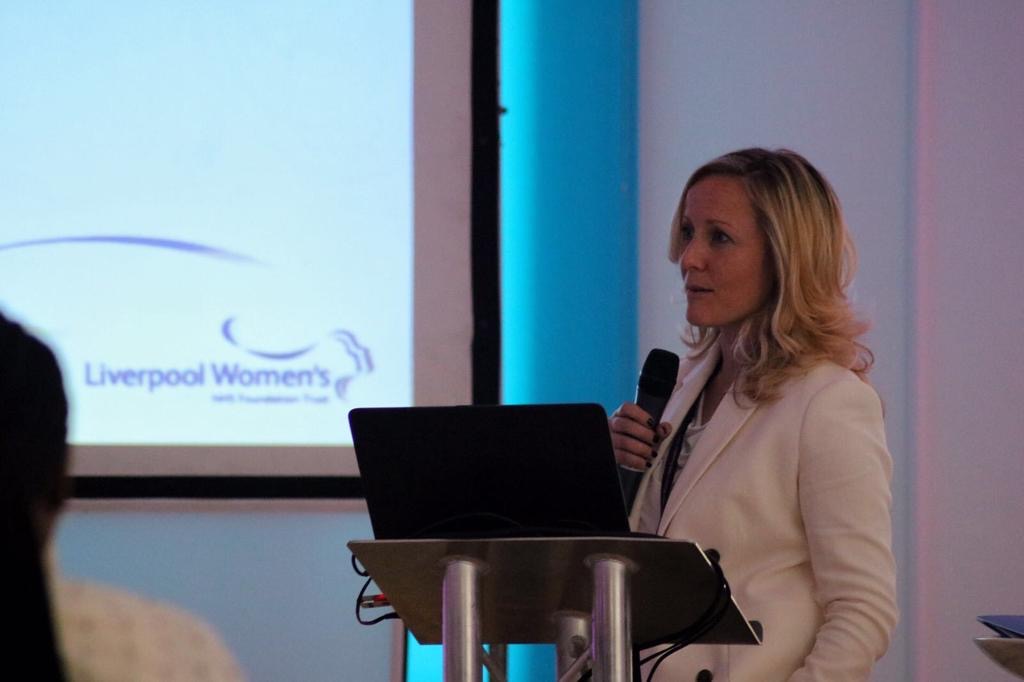Brain Health tips for Brain Awareness Week
Neuroscience is the scientific study of the central nervous system i.e., the brain.
Magnetic Resonance Imaging (MRI) allow us to take detailed pictures of the living brain and neuroscientists use MRI to study the brains of healthy and patient populations. This research has revealed some new insights and discoveries about brain that reveals ways in which we can keep our brains healthy long into later life and help our brains age gracefully.
For Brain Awareness week try these daily tips that are linked to scientific research. You can have fun while looking after your brain at the same time.
Monday Do some exercise every day to keep the brain decline at bay.
Results from cross-sectional, longitudinal, and intervention studies with healthy older adults, frail patients, and persons suffering from mild cognitive impairment and dementia suggest that physical exercise is a promising nonpharmaceutical intervention to prevent age-related cognitive decline and neurodegenerative diseases.
Tuesday Learn a new skill.
It can be anything from riding a bike, juggling, dancing to a foreign language.
Learning is a specific example of something called neuroplasticity because as we learn we change our brains through strengthening connections between different nerve cells, allowing the brain to achieve new and wonderful feats.
Using a special type of MRI brain scan, sensitive to the movement of water molecules called diffusion tensor imaging (or DTI), we can visualise the connections between brain areas. Neuroscientist showed that when we learn a new skill like juggling our brain produces new connections and pathways between brain areas. This is why the old saying “you never forgot how to ride a bike” is true because when you learned to ride a bike the brain connections that underpin this skill was created and sometimes referred to as motor memory. Read more about this research here.
Wednesday The brain is like a muscle that can be strengthen and made strong with practice and training.
Musical training provides a useful framework for studying neuroplasticity. This is because learning to play an instrument requires the interaction of sensory-motor and higher-order cognitive functions resulting in structural and functional changes in the brain, that can manifest over days to years. It is commonly thought that it takes more than 10,000 hours of practice to master any skill to a high standard. But do all these hours of practice change the brain?
Neuroscientist at University of Liverpool answered this question, reported here, by scanning the brains of professional musicians from the string section of the Liverpool Philharmonic Orchestra.
The first thing they found was that musicians had a bigger Broca’s area in their brain than non-musicians. Broca’s area is involved in language and speech production. It is part of a network of connected brain regions and the neuroscientists found that the enlarged brain area in the musicians also made them better at mental rotation tasks that they had never performed before.
Thursday Neuroplasticity is not just for the young brains
Advancing age is associated with reductions in brain volume and accelerated brain function decline. Scientist have shown that physical activity and fitness can help reduce the impact of age-related brain decline. Furthermore, studies have shown that adults aged between 70 and 80 benefitted the most from physical activity compared to 55-65 years olds. This means it is never too late to start working on your brain health.
Friday Practice makes perfect!
Neuroscience research has given us insights into how the brain works and using this knowledge we can keep our brains healthy simply by learning a new skill that we enjoy like dancing or playing a musical instrument.
Practice not only makes perfect but also changes brain size. Physical activity and exercise are good for our mental health because it is good for our brain health.



